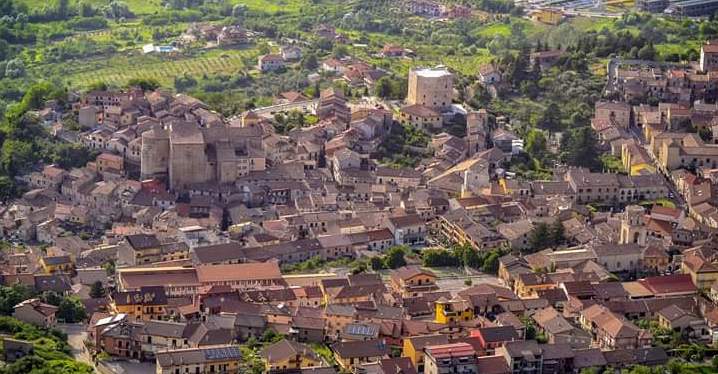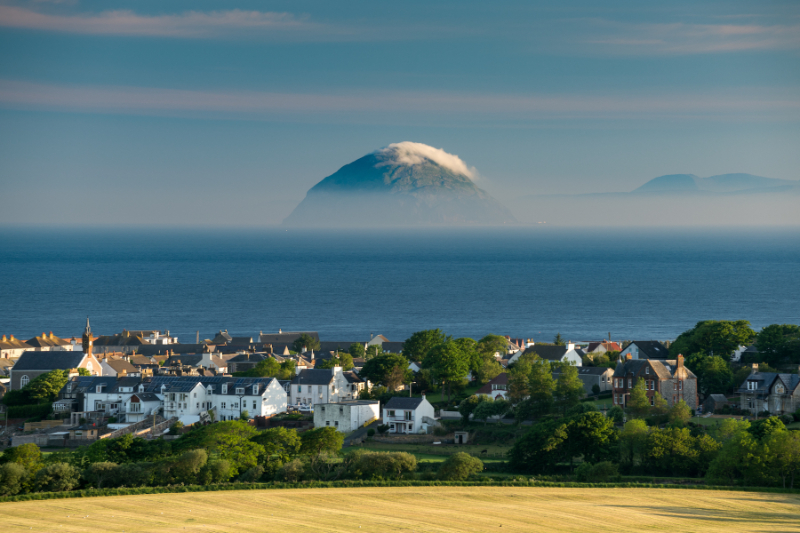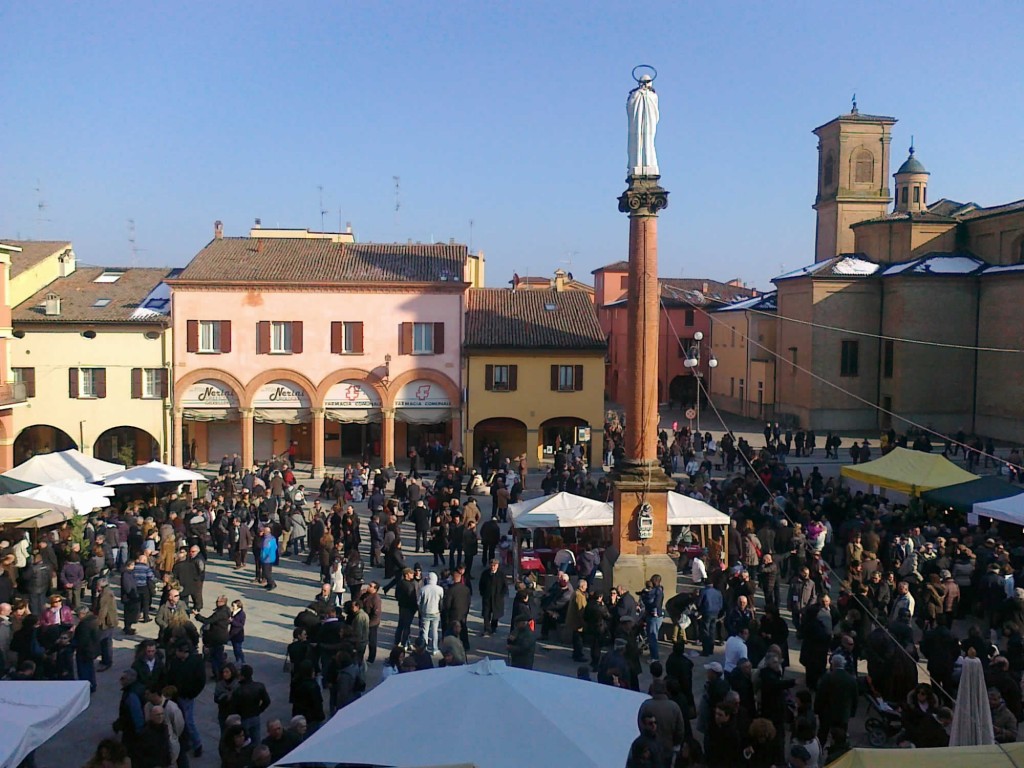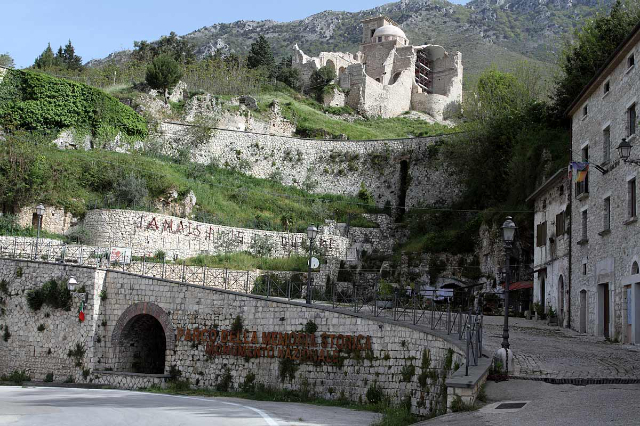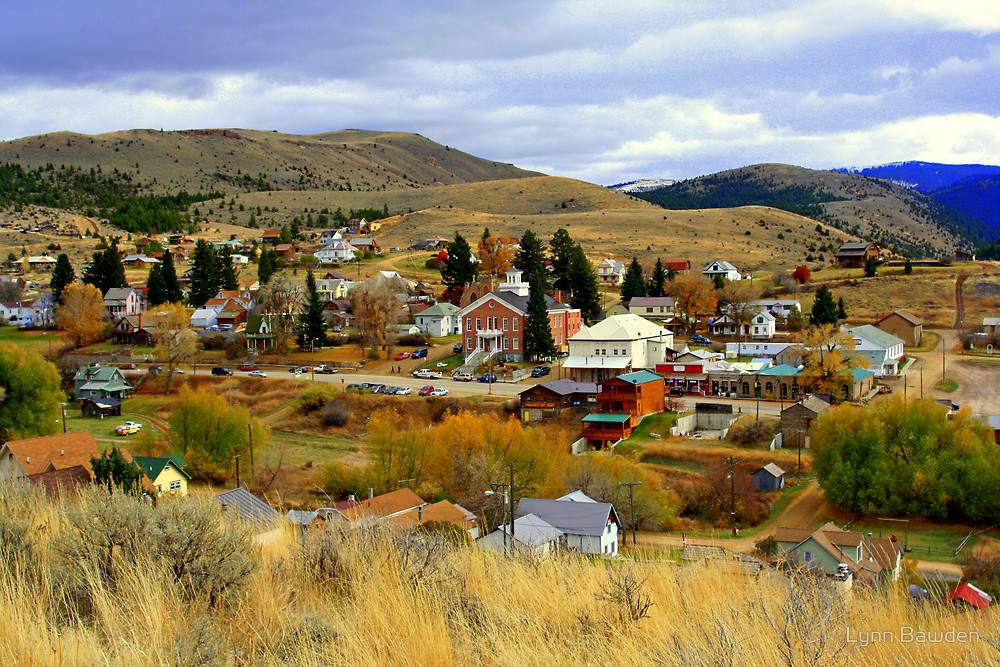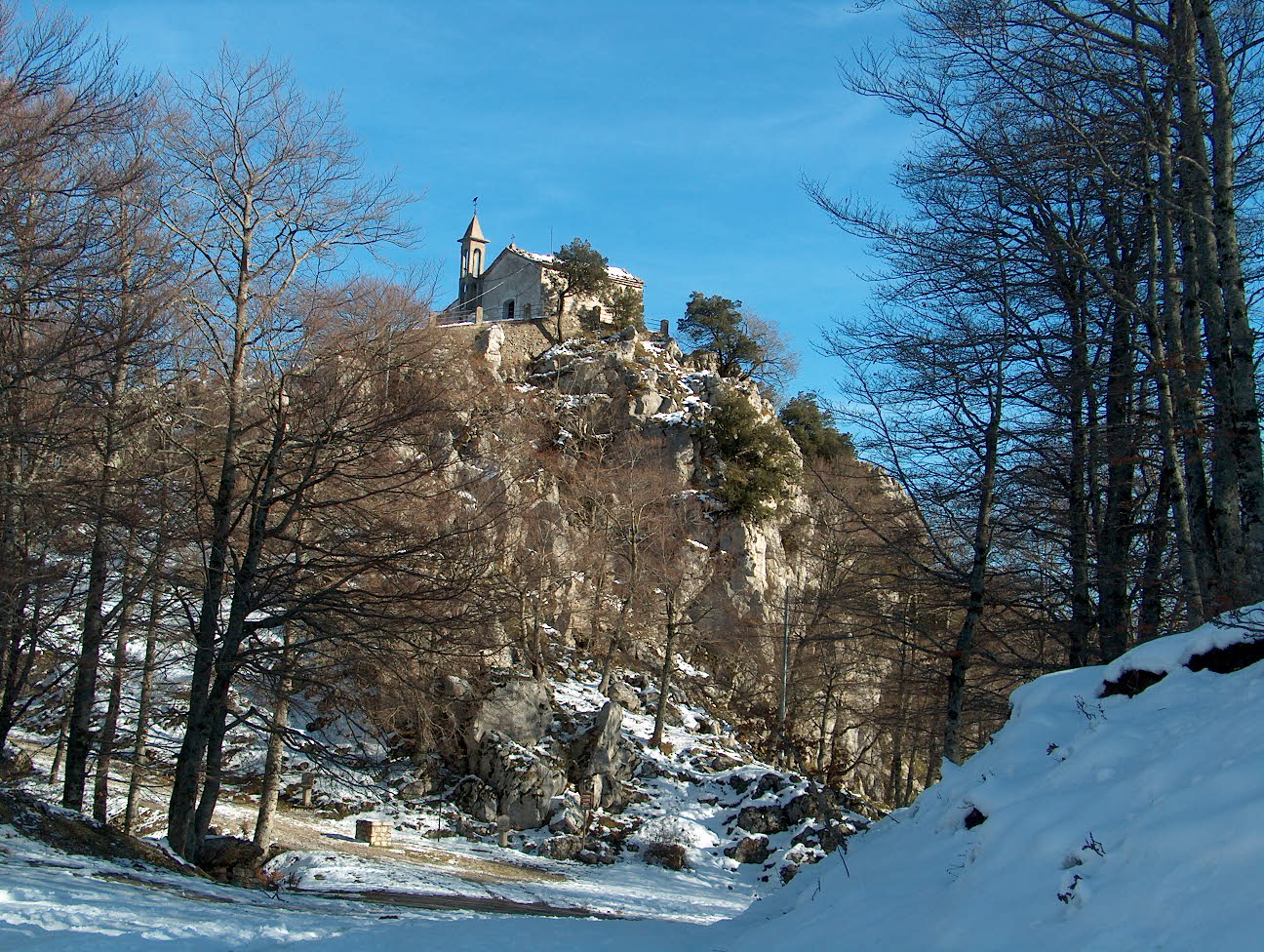Bagnoli Irpino, in the province of Avellino, is known for the production of the Black Truffle of Bagnoli and the Chestnut of Montella.
Also known for the Laceno lake and located near the Picentini mountains, the town is part of the historical region of Sannio Irpino.
Conquered first by the Lombards and then by the Normans, the village has several historic buildings that take visitors back in time.
The Collegiate Church of Santa Maria Assunta, rebuilt after a fire that broke out in 1651, of Longobard origin dating back to 900, rises in the historical center of the village. Inside there are important works, such as the wooden choir depicting scenes from the Old and New Testament, and valuable works by local artists, the largest of which is Domenico Venuta.
In the village there are also two castles: the first is of Longobard origin, built around 870, when the principality of Benevento was divided giving origin to that of Salerno; the second is of Norman origin, dated between 1050 and 1100.
The Palazzo della Tenta, the Gavitone Fountain and Clock Tower and the Church of Santa Margherita, located in the main pizza area of the village, are also worth a visit.
The historical center of the village is of nineteenth-century plant, with narrow and steep streets. The original and oldest nucleus is the Rione della Giudecca or Judea of Jewish matrix, datable around 1300/1400. The center offers several urban views of particular importance, hosts many noble palaces, especially around the main square, where the ancient nobles lived.
Among the events that animate, every year in Bagnoli Irpino takes place the Chestnut and Truffle Festival / Mostra Mercato del Tartufo nero di Bagnoli Irpino, a gastronomic appointment not to be missed with more than 200 stands, shows and craft exhibitions.
The enogastronomic proposal of the village falls on: Pasta with black truffle from Bagnoli, Bagnolese truffle salad, brigand’s sack and black truffle liqueur from Bagnoli.
